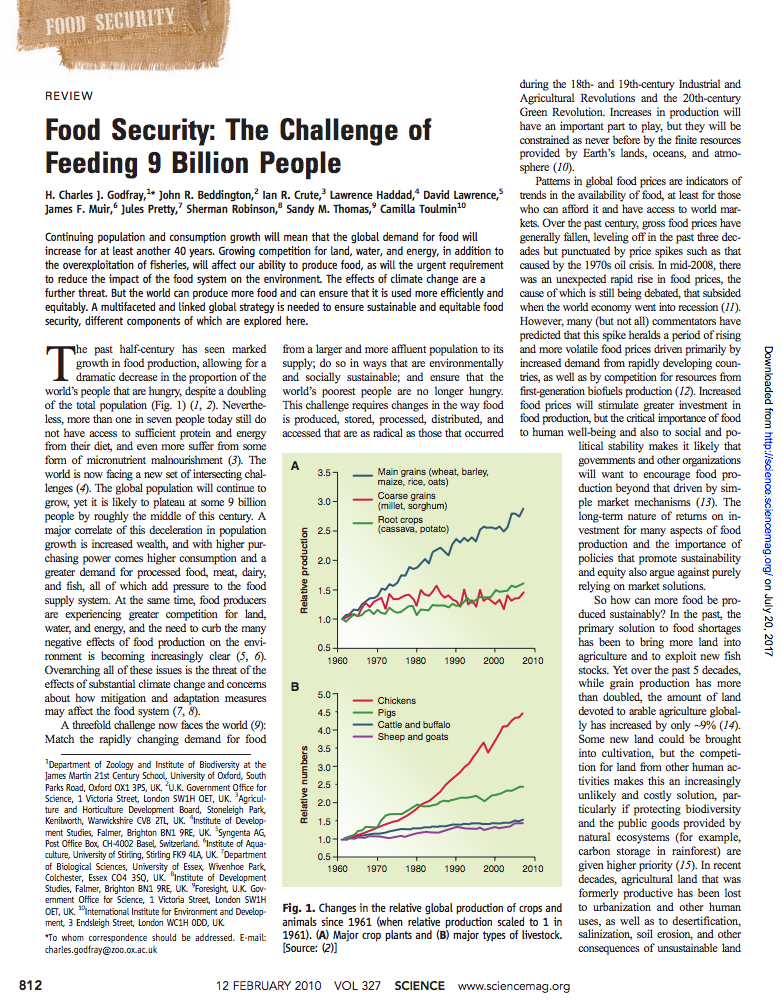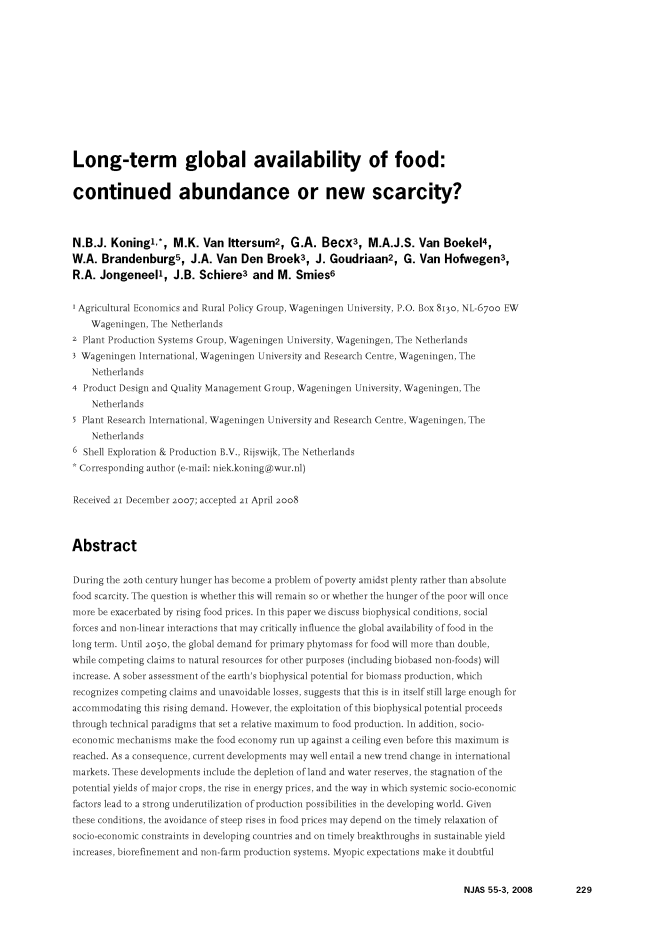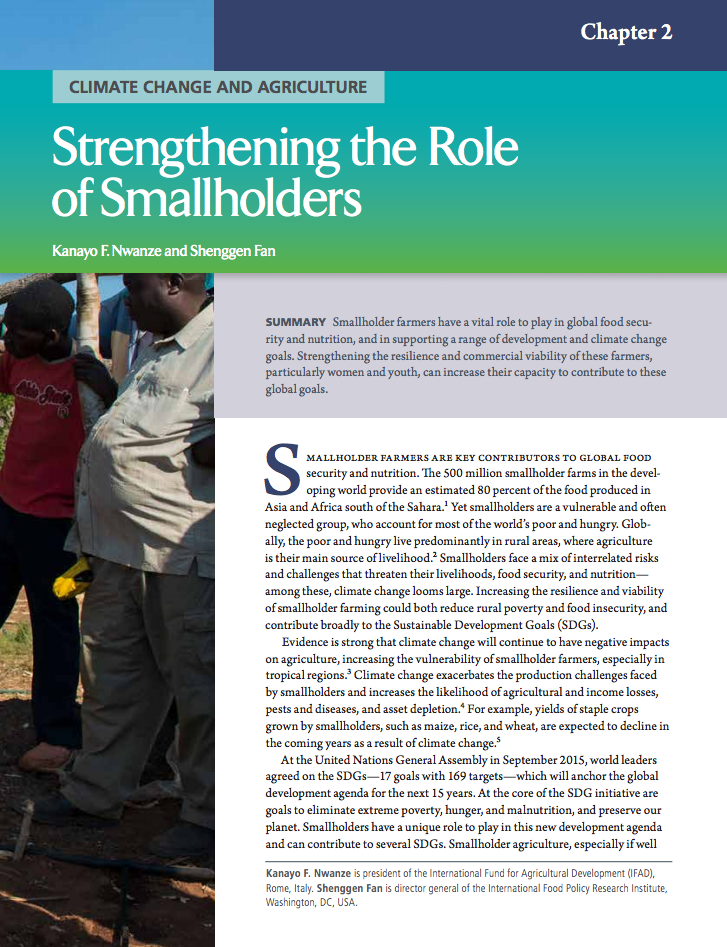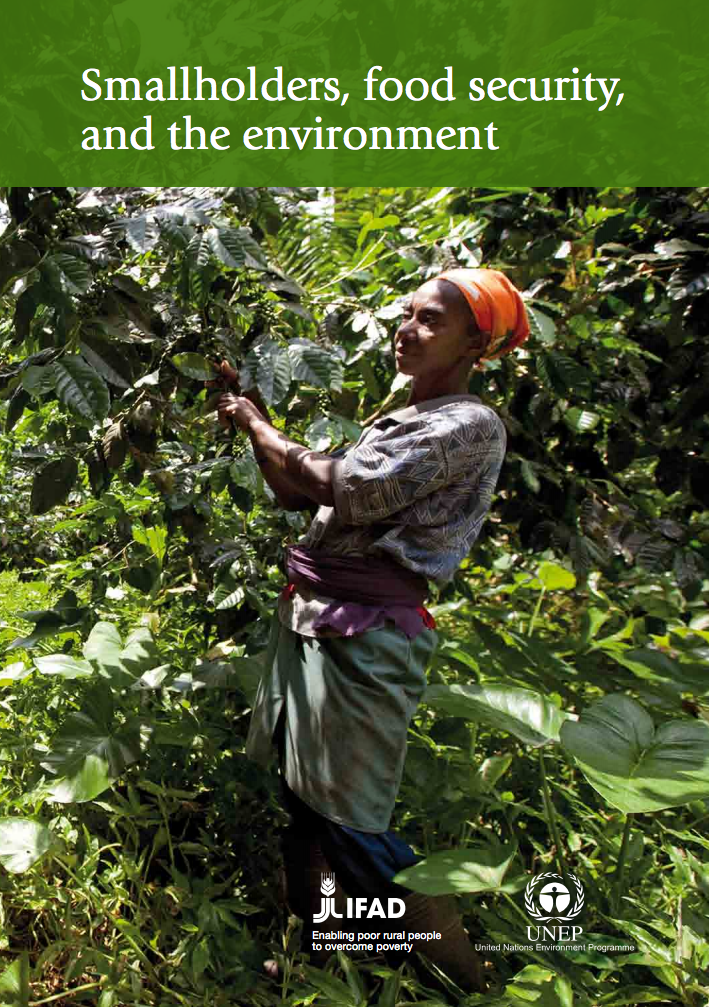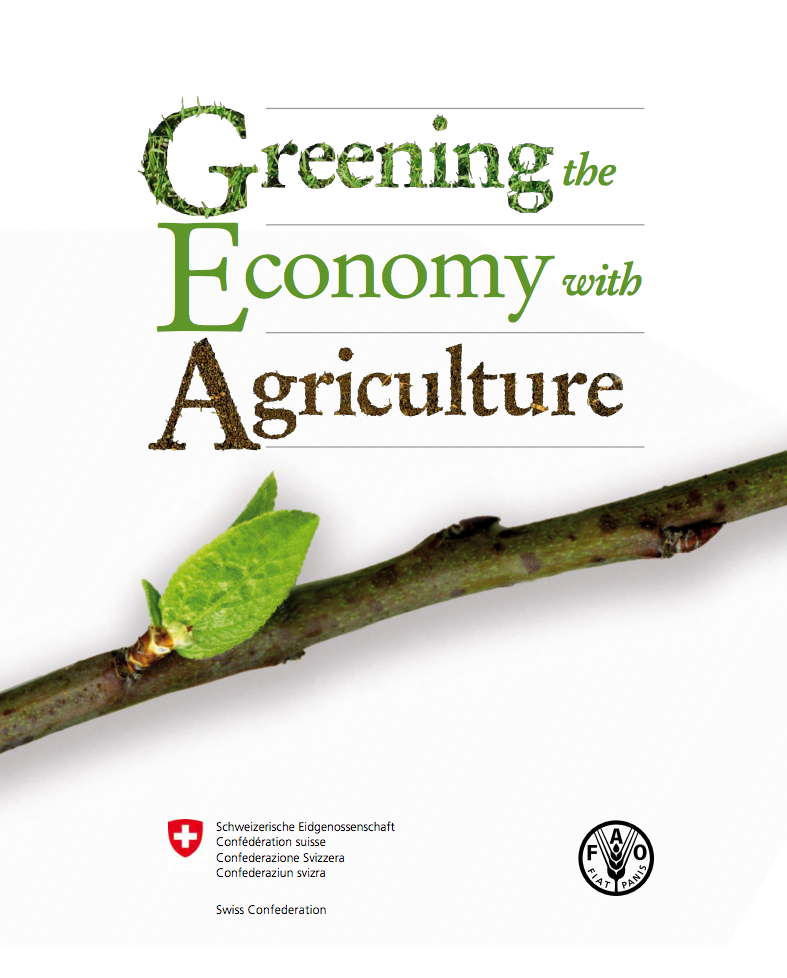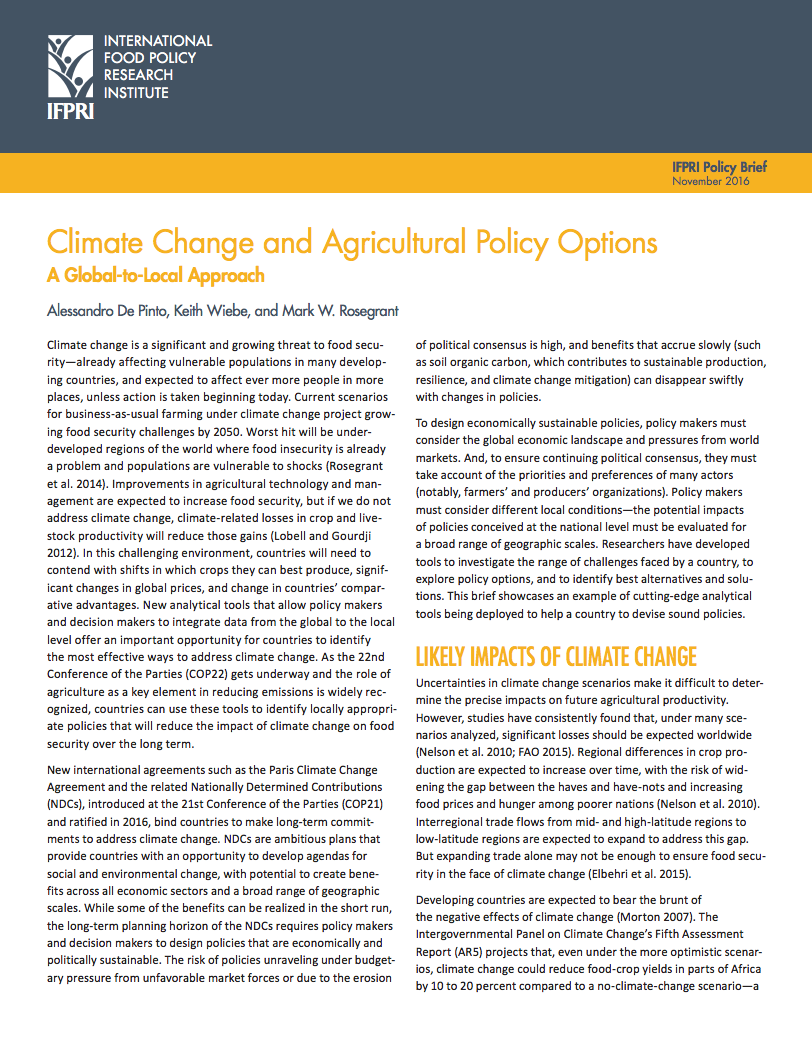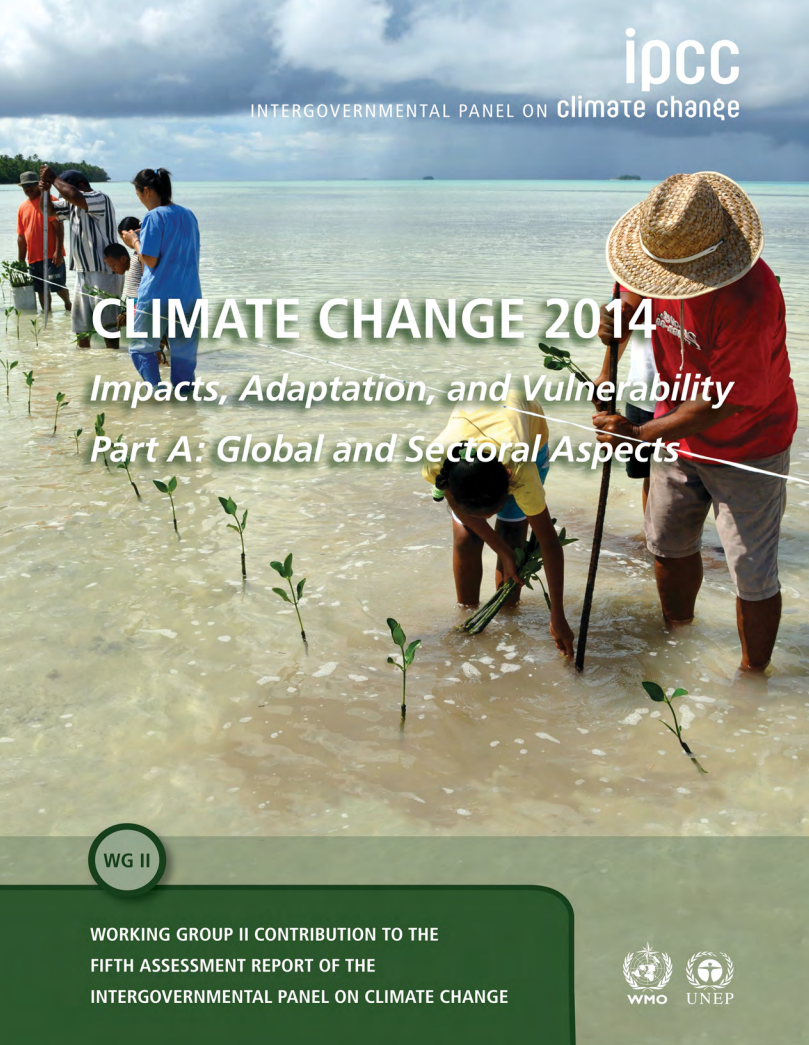Global Agro-ecological Assessment for Agriculture in the 21st Century: Methodology and Results
Over the past 20 years, the term "agro-ecological zones methodology," or AEZ, has become widely used. However, it has been associated with a wide range of different activities that are often related yet quite different in scope and objectives. FAO and IIASA differentiate the AEZ methodology in the following activities:



